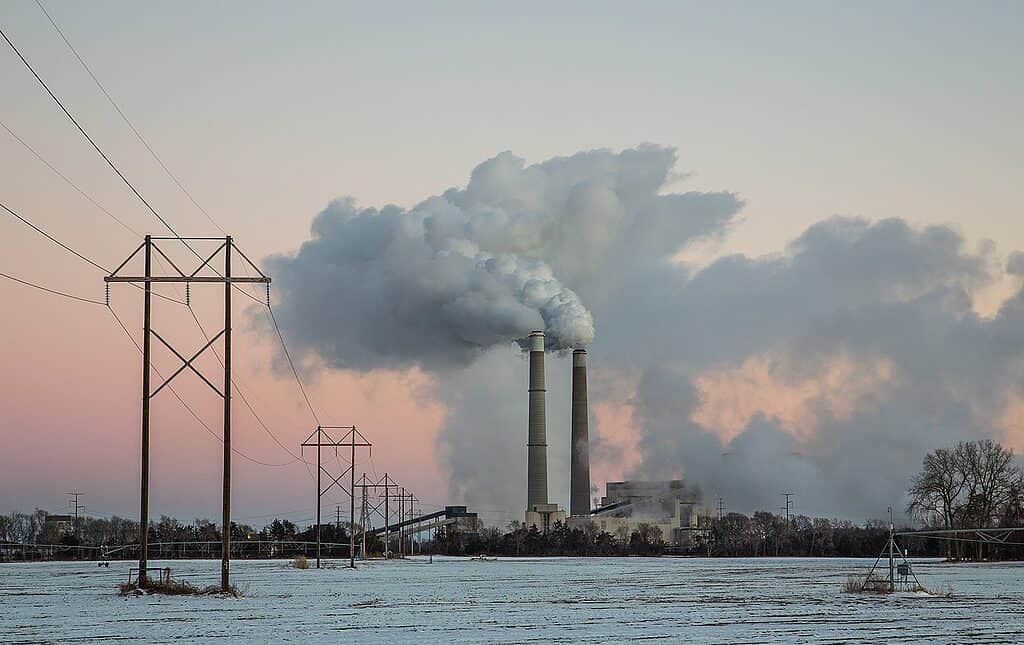The writing is on the wall for coal power — it’s no longer just a question of environmental responsibility, but also economic viability. A new report reveals that energy from all but one coal-fired power plant in the US is more expensive than rapidly evolving solar and wind energy. Thanks to plummeting costs for renewables, the decline of the coal industry seems unavoidable.

The team of researchers took the challenge of pitting the 210 coal plants in the US against the costs of setting up new solar and wind farms. After a rigorous comparison of the operating costs from last year, they discovered that a whopping 99% of the coal plants (or 209 out of 210) were more expensive than their renewable counterparts. The only exception was the Dry Fork facility in Wyoming, a 483 megawatts (MW) coal-fired power plant, that just barely managed to stay ahead of the game.
“Coal is unequivocally more expensive than wind and solar resources, it’s just no longer cost competitive with renewables,” Michelle Solomon, a policy analyst at Energy Innovation, the organization behind the new energy report, told The Guardian this week. “This report certainly challenges the narrative that coal is here to stay.”
Coal vs renewables
On average, the cost of coal-fired plants is $36 per megawatt-hour, compared to $24 per megawatt-hour of new solar – a third cheaper. The researchers also found that the savings from an energy transition to renewables could be used to add 137 gigawatts worth of batteries – necessary due to the intermittence of solar and wind energy.
Last year’s Inflation Reduction Act (IRA) in the US has accelerated the lower costs of renewables, the researchers said. The IRA gives tax credits to incentivize new clean investments and also address the impacts on coal-depend communities, providing them with employment and tax revenue, with states such as Nevada taking the first steps.
Overall, the trend could not be clearer: renewable energy is moving ahead more and more. The first Energy Innovation report published in 2019 found 62% of US coal capacity was more expensive than replacing it with renewables. Then, in 2021, the second version of the report found 72% was more expensive than clean energy. The energy transition towards clean energy is visibly accelerating in the US.
Coal plants across the country are getting old and expensive to maintain, while coal is been replaced by many countries with natural gas as a transition fuel. In 2020, coal production in the US reached its lowest level since 1965. There were signs of an increase in production in the following years, especially amid the Ukraine war.
Among all fossil fuels, coal is the one that releases the most greenhouse gas emissions to the atmosphere. To slow down the climate crisis and meet the targets of the Paris Agreement, countries have to stop new coal projects. However, this isn’t happening as fast as it should, with reports warning over an expansion of coal, especially in Asia.
The full report can be accessed here.






